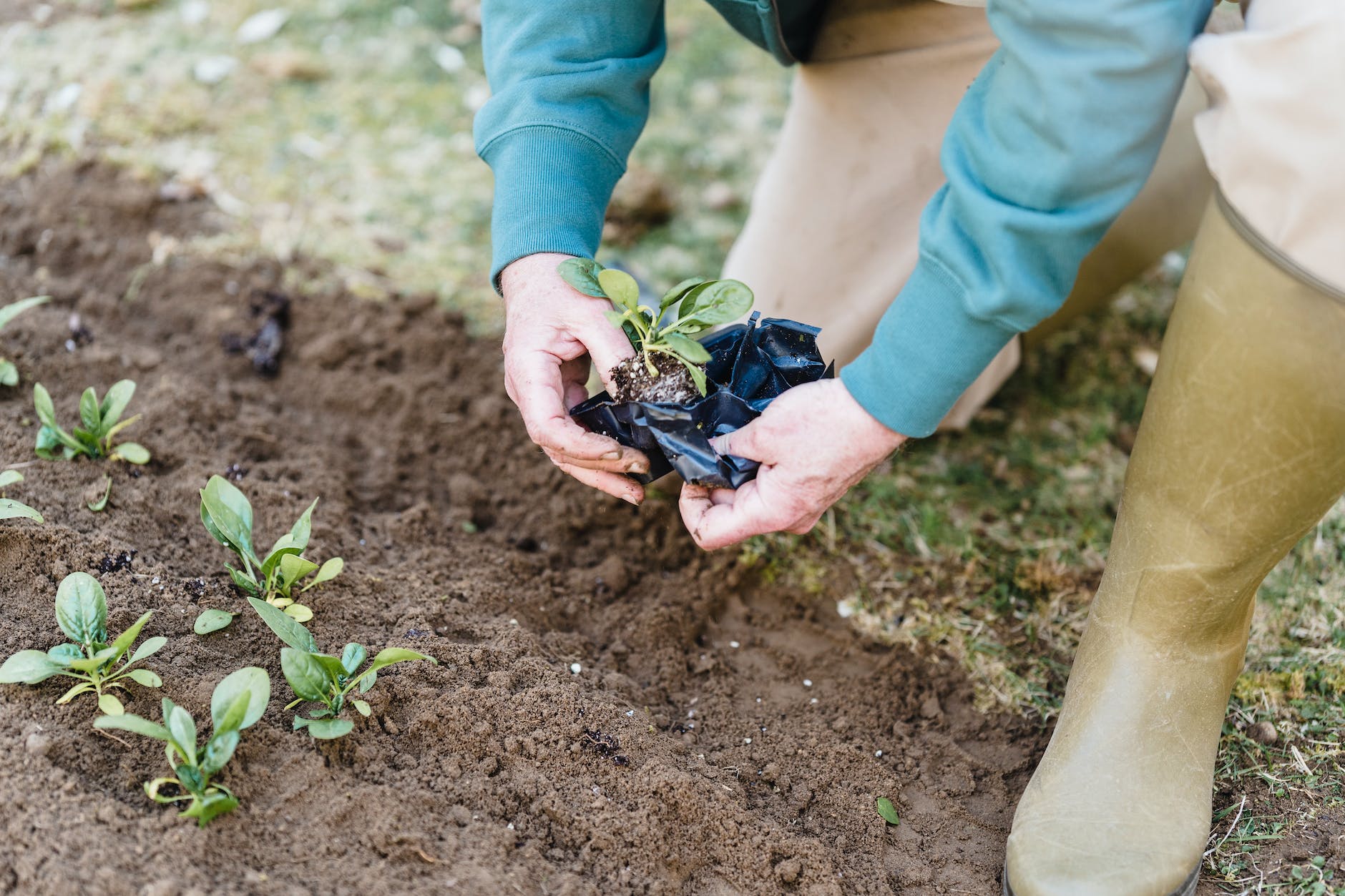In recent years, the burgeoning interest in medicinal cannabis has led to a significant increase in the number of enthusiasts embarking on the journey of growing cannabis at home. If indoor gardening of cannabis sounds like something of interest to you, this guide will present a deep dive into the realm of cannabis cultivation, from seed germination to plant training and final harvesting.
The first step in the process is acquiring high-quality cannabis seeds. Begin with procuring your seeds from a reliable source. Ensure that you select a variety predicated upon your personal preferences for taste, effect, and even the time required for maturation.
Once you have your seeds, the actual process of growing cannabis begins. More often than not, novice growers commence their cannabis cultivation journey with hydroponics — the method of growing plants in a water-based, nutrient-rich solution, sans soil. This method allows for control over factors like nutrient distribution and soil pH, ensuring your plants have the optimal conditions for growth.
Soil pH is crucial in cannabis cultivation, as it affects the plant’s ability to absorb nutrients. Thus, maintaining the correct soil pH is central to the health and yield of your cannabis plants. Most cannabis strains thrive in slightly acidic soil with a pH level between 6.0 and 7.0.
Proper lighting plays a crucial role in successful indoor gardening. The plant’s exposure to light directly influences its photosynthesis process, affecting growth and yield. Indoor growers can benefit from using grow lights, which are specialized lights for indoor cultivation that cater to the plant’s light spectrum needs during different growth stages.
When thinking about nutrient solutions, cannabis requires three primary nutrients: nitrogen, phosphorus, and potassium. Nitrogen is essential during the vegetative stage, while phosphorus and potassium are crucial during blooming. Many hydroponic shops offer premade nutrient solutions tailored to cannabis, simplifying the process for beginners.
One often overlooked aspect of cannabis cultivation is the process of plant training. A technique called plant training aids in maximizing yields by ensuring your plants receive sufficient light and grow in a favorable structure. This involves guiding your plants to grow in a particular pattern or direction that best fits your space and light setup.
The final stage revolved around harvesting your cannabis. It involves monitoring your plant’s life cycle closely to determine the best time for harvesting. Harvesting cannabis at the right time ensures the maximum potency and best possible aroma and taste. Keeping an eye on the trichomes, small resin glands on the buds, helps ascertain the best harvesting time.
Remember, though, every plant and environment can be unique. So, it’s vital to continually monitor your plants, adjusting the conditions as necessary. Regular checking for pests, correct water levels, and ensuring your grow lights are at the right distance from your plants can mean the difference between success and failure.
In summary, while growing cannabis indoors may seem like a daunting task initially, with the right knowledge and tools at your disposal, it’s definitely achievable. So whether you opt for hydroponics or traditional soil growing, remember that with patience and a bit of green thumb, homemade cannabis cultivation can be a rewarding hobby.
Now that you’ve got the basics down, you’re ready to try your hand at growing cannabis. Here’s to your future harvest!
Sources:
– Cannabis Seeds: Seedsman
– Hydroponics: Green and Vibrant
– Soil pH: Maximum Yield
– Grow Lights: LED Grow Lights Depot
– Nutrient Solutions: Advanced Nutrients
– Plant Training: Grow Weed Easy
